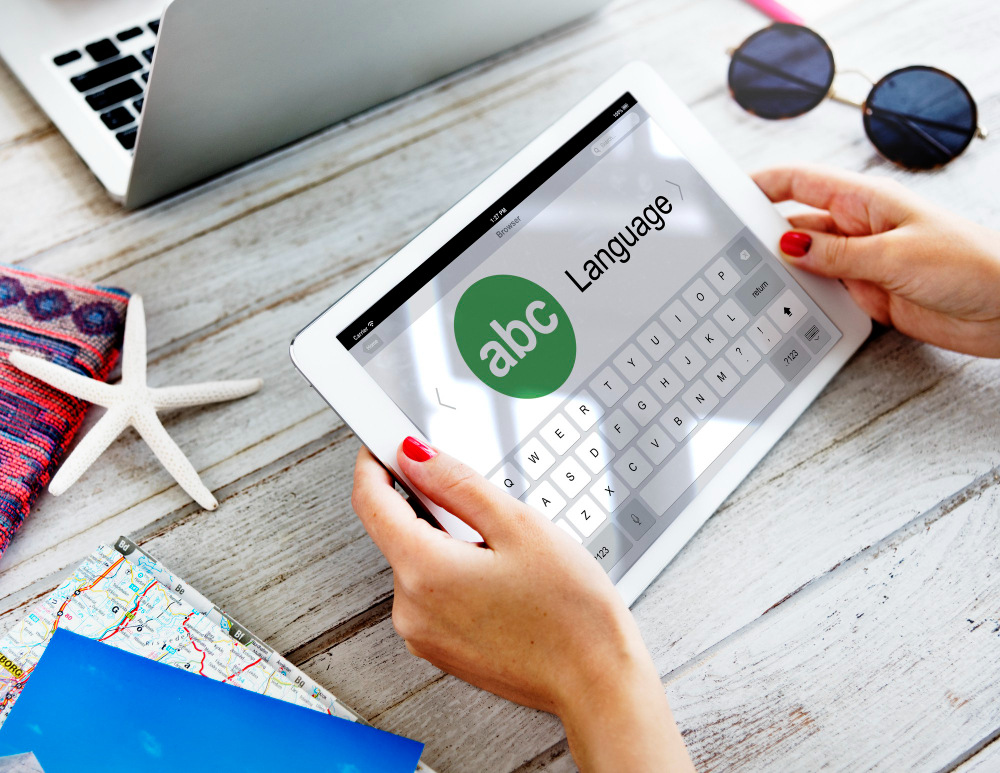
Translation, transcreation, and localisation — if your company is preparing to connect with customers and clients from around the world, you may have heard of these terms before. But knowing how they differ might be another story.
Translation, transcreation, and localisation represent three special approaches to adapting the written word for a new audience, although they overlap. Understanding these nuances can help you choose the best option for your company’s needs, goals, and budget. Find out more below.
What is Translation?
Translation is the process whereby someone, usually a professional translator, converts text from one language to another. It’s a technical process that moves from word to word, ensuring the original message of the source language remains the same in the target language.
Consultants from the top translation services recommend translation for scientific, medical, or legal documents. When it comes to health or the law, these subjects leave zero room for ambiguity.
A legal translation company like LingArch understands more than most that exact wording is imperative to the success or efficacy of the project. Even minor variations from the source could result in disastrous results for its clients. As a result, legal translation services from LingArch provide strict translation services when tackling contracts, patient records, and clinical trials.
What is Localisation?
Localisation is a specialised translation service that elevates content, adjusting words and subject matter for a specific location. This process is very similar to basic translation, as it converts the source material into your target language.
Unlike a legal translator, a localisation expert on the LingArch team makes subtle changes to the content to make it more digestible to a foreign audience. These changes may include the following subtleties to ensure it sounds natural in the target language:
- Converting measuring units
- Exchanging currencies
- Updating images to show people from the target culture
What is Transcreation?
While legal translation sticks to the source, and localisation adapts existing copy to suit a new audience, transcreation generates fresh content that marries your brand’s vision to your new market’s quirks and cultural perspective.
Transcreation specialists work simultaneously as translators, copywriters, and marketing experts to adapt your brand’s message creatively into the target language, and the results usually diverge significantly from the source content.
In many cases, these professionals work best when you share with them a creative brief. They can follow the goals set in your brief to match your brand’s style and tone while producing a poignant or punchy campaign that’s appropriate for your new audience.
Apple employed transcreation services when it updated its idiomatic slogan for its now discontinued iPod shuffle, “Small Talk,” for international markets.
- In France, it was “donnez-liu de la voix” (let him speak).
- In French Canada, it was “petit parleu, grand faiseur” (says little, does much).
The Takeaway
- Translation provides the most faithful copy of the original, so it’s best used when accuracy is crucial, like for legal document translation.
- Localisation adapts existing content to make it more suitable for a foreign audience, so companies usually apply it to update their website for international visitors.
- Transcreation, on the other hand, starts the writing process from scratch to create a totally new product inspired by the source material.
Now that you know how these services differ, speak to a global translation company about your next step.
You may be interested in: The Importance of Translation in Business

